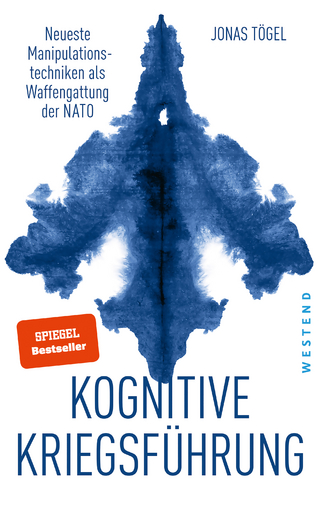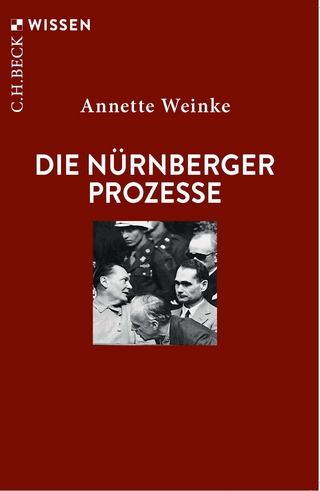
The End of the Future
Trauma, Memory and Reconciliation in Peruvian Amazonia
Seiten
2023
Vanderbilt University Press (Verlag)
978-0-8265-0626-9 (ISBN)
Vanderbilt University Press (Verlag)
978-0-8265-0626-9 (ISBN)
Broadens the theoretical framework for understanding memories’ role in reconciliation following a violent conflict. This book explores the complicated and confusing linkages between memory and trauma for individuals caught up in civil war and post-conflict reconciliation in the Peruvian Amazon’s Huallaga Valley.
The End of the Future broadens the theoretical framework for understanding memories' role in reconciliation following a violent conflict. This book explores the complicated and confusing linkages between memory and trauma for individuals caught up in civil war and post-conflict reconciliation in the Peruvian Amazon's Huallaga Valley—an epicenter for leftist rebels and a booming shadow economy based on the extraction and circulation of cocaine. The End of the Future tells the story of the TÚpac Amaru Revolutionary Movement's (Movimiento Revolucionario TÚpac Amaru, MRTA) violent attempts to overthrow the state in the late 1980s and early 1990s from the perspective of the poorest residents of the lower Huallaga's Caynarachi Basin. To give context to the causes and consequences of the MRTA's presence in the lower and central Huallaga, a poorly documented part of the Peruvian Amazon, the book relies on the written works and testimony of SÍstero GarcÍa Torres, an MRTA rebel commander, the government's Truth and Reconciliation Commission, MRTA propaganda, media accounts, and critical historical texts. Besides exposing Huallaga Valley human rights abuses, the book's contribution to political anthropology is consequential for its insistence that reconciliation is by no means equivalent to local, indigenous notions of "justice" or customary forms of dispute resolution. Without deliberately addressing the diverse socio-cultural contours defining overlapping epistemologies of justice, freedom, and communal wellbeing, enduring reconciliation will likely remain elusive.
The End of the Future broadens the theoretical framework for understanding memories' role in reconciliation following a violent conflict. This book explores the complicated and confusing linkages between memory and trauma for individuals caught up in civil war and post-conflict reconciliation in the Peruvian Amazon's Huallaga Valley—an epicenter for leftist rebels and a booming shadow economy based on the extraction and circulation of cocaine. The End of the Future tells the story of the TÚpac Amaru Revolutionary Movement's (Movimiento Revolucionario TÚpac Amaru, MRTA) violent attempts to overthrow the state in the late 1980s and early 1990s from the perspective of the poorest residents of the lower Huallaga's Caynarachi Basin. To give context to the causes and consequences of the MRTA's presence in the lower and central Huallaga, a poorly documented part of the Peruvian Amazon, the book relies on the written works and testimony of SÍstero GarcÍa Torres, an MRTA rebel commander, the government's Truth and Reconciliation Commission, MRTA propaganda, media accounts, and critical historical texts. Besides exposing Huallaga Valley human rights abuses, the book's contribution to political anthropology is consequential for its insistence that reconciliation is by no means equivalent to local, indigenous notions of "justice" or customary forms of dispute resolution. Without deliberately addressing the diverse socio-cultural contours defining overlapping epistemologies of justice, freedom, and communal wellbeing, enduring reconciliation will likely remain elusive.
Bartholomew Dean is an associate professor of anthropology at the University of Kansas.
Acknowledgments
Foreword by Manuel Burga
List of Illustrations
Introduction. Narrative Renditions of Ugly Times: Memory, Violence, and Trauma in Peruvian Amazonia
Chapter 1. The Ugly Times of War
Chapter 2. In Search of the Rebel
Chapter 3. War Taxes: Cupos
Chapter 4. TÚpac Amaru Libertador
Chapter 5. Forest Encounters
Chapter 6. Discipline: Law & Disorder
Chapter 7. White Gold
Chapter 8. Attack on the “Pearl of the Huallaga”
Chapter 9. The End of the Future: El Porvenir
Chapter 10. Memory, Silence & the Narration of Violence
Conclusion: Partisan Anthropology, Empathy, and Reconciliation
Notes
References
Index
| Erscheinungsdatum | 30.11.2023 |
|---|---|
| Zusatzinfo | 18 b&w images |
| Verlagsort | Tennessee |
| Sprache | englisch |
| Maße | 152 x 229 mm |
| Gewicht | 272 g |
| Themenwelt | Geisteswissenschaften ► Geschichte ► Regional- / Ländergeschichte |
| Geschichte ► Teilgebiete der Geschichte ► Militärgeschichte | |
| Sozialwissenschaften ► Ethnologie | |
| Sozialwissenschaften ► Soziologie | |
| ISBN-10 | 0-8265-0626-7 / 0826506267 |
| ISBN-13 | 978-0-8265-0626-9 / 9780826506269 |
| Zustand | Neuware |
| Haben Sie eine Frage zum Produkt? |
Mehr entdecken
aus dem Bereich
aus dem Bereich
neueste Manipulationstechniken als Waffengattung der NATO
Buch | Softcover (2023)
Westend (Verlag)
24,00 €
Deutschlands Schwäche in der Zeitenwende
Buch | Softcover (2023)
C.H.Beck (Verlag)
18,00 €


